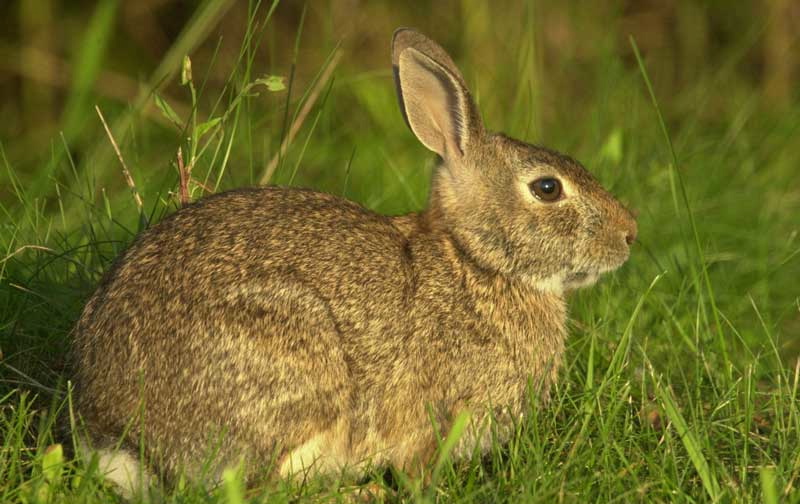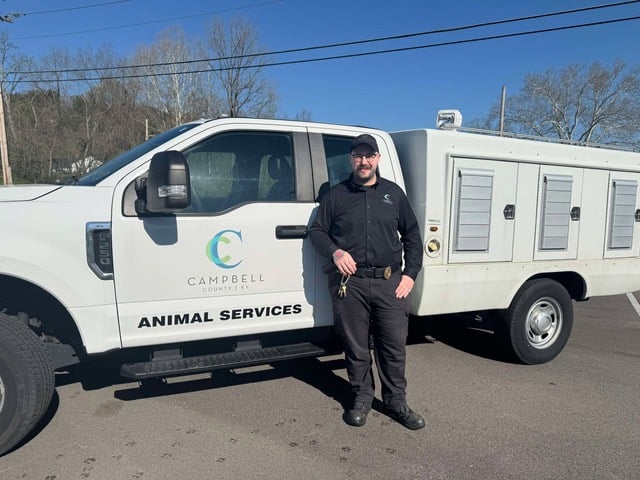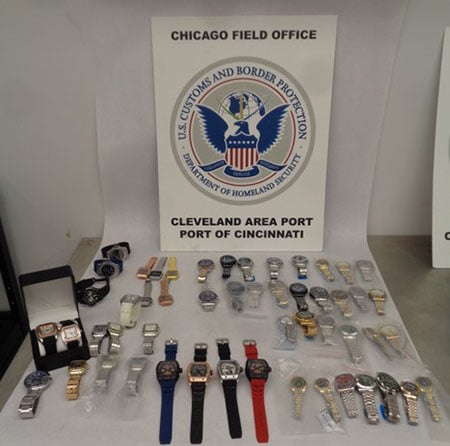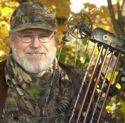Landowners who want to improve wildlife habitat on their hunting property should make an effort every year to implement at least one recommended project.
At the top of the list should be a continual effort to stop the spread of invasive plants, and eradicate tall fescue grass. It can be frustrating, time consuming and costly, but all that ground work is well worth the effort.
Improving habitat benefits all wildlife, both game and non-game species, including songbirds, raptors, rabbits and quail, wild turkeys, white-tailed deer, squirrels and migratory birds (woodcock, mourning doves and waterfowl).
Undesirable Plants
The first step is to identify undesirable plants on your property. The Kentucky Division of Forestry’s top 10 list of invasive plant threats includes five of the most destructive to ecological integrity.
* Asian bush honeysuckle is at the top of everyone’s list. With its bright colored berries and fragrant flowers, the Amur Honeysuckle (Lonicera maackii) may seem like a good candidate for landscaping.
But in the plant world, appearances can be deceiving.

Imported into the U.S., bush honeysuckle was introduced with good intentions. It was planted throughout Indiana from the 1950s to 1970s in home and urban landscaping, but escaped and is now a major invasive species, present in more than 30 states in the eastern U.S.
This species native to China, Mongolia, Korea and Russia, named for the Amur River, the world’s eighth longest river, which forms the border between Russia and Manchuria.
The deciduous, large shrub can grow up to 15 feet tall, and flowers from mid-spring to early summer.
Its fruit is a bright red to black semi-translucent berry containing numerous small seeds. These high carbohydrate “treats,” that ripen in autumn, are eaten by birds, which disperse the seeds in their droppings. That’s why bush honeysuckle often grows in fence lines and roadways, especially along interstate highway corridors, where there is good habitat for songbirds.
Bush honeysuckle can form extremely dense thickets in forest understories, shading out, and out-competing native shrubs, young trees, and wild flowers. This species poses a serious threat not only to the diversity of ecosystems that are invaded, but to forest regeneration itself. Eradication is costly and labor intensive.

Bush honeysuckle is best controlled by mechanically ripping the shrubs out of the ground, cutting, or burning the plant to root level. To ensure eradication, stumps that are cut should be treated with herbicides.
* Garlic Mustard invades a forest through a disturbance such as tree fall or trail construction. Prolific seed production and lack of natural predators allow it to quickly dominate the ground cover.
* Kudzu smothers out beneficial plants, blanketing the ground and trees with a dense canopy of leaves and vines, through which little light can penetrate.
* Multi-Flora Rose has invaded a large number of habitats, from hillside pastures, fence rows, rights of way, and roadsides to forest edges and the margins of swamps and marshes.
* Purple Loosestrife alters the biogeochemical and hydrological processes in wetlands, excluding beneficial plants needed by waterfowl.
The Kentucky Exotic Pest Plant Council, the Kentucky affiliate of the Southeast Exotic Pest Plant Council, has the responsibility of keeping a list of the most severely invasive plant threats to Kentucky. View their current list at this link.
Today, there are an estimated 4,000 exotic plant species in the U.S. Treatment options for removing exotic, invasive species vary from plant to plant, so the best advice is to consult an expert.
Improving Wildlife Habitat
Some of the recommended wildlife improvement projects include seasonal strip mowing, prescribed burns, thinning stands of cedar trees, hardwood timber stand improvement, creating waterholes and shallow wetlands, and planting beneficial forage, trees and shrubs.
Removal of tall fescue is probably the top priority for farmland wildlife managers. Tall fescue adversely affects ground nesting wildlife species, primarily rabbits and quail, by providing poor food and cover.
Tall fescue, the KY 31 variety, is an extremely competitive and tends to dominate fields where it has been established, to the total exclusion of beneficial plants and their seeds. Tall fescue is a sod-forming turf grass that grows in thick mats, limiting the movement of young quail and rabbits.
In summer there is no overhead cover, and bare dirt below, for quail and rabbit to escape predators, and feed. In winter, fescue is flattened by the weight of snow and ice, providing little or no cover.
KY 31 tall fescue are is also infected with endophyte fungus that produces chemicals toxic to livestock and wildlife.
In lab tests animals fed endophyte-infected fescue diets exhibited lower sperm counts, lower egg production, weight losses, abortion and absorption of fetuses, poor lactation, smaller than normal litter sizes, and slow or stunted growth.
Fescue eradication using herbicides, rather than breaking ground by plowing or tilling, is recommended. The advantages of spraying include less time from the landowner and minimal problems with soil erosion.
For more outdoors news and information, see Art Lander’s Outdoors on KyForward.
Contact your local farm store for costs and details of having the spraying done on your property.
With herbicide treatments, timing of application is critical. Fescue should be sprayed when it is actively growing (late March-late April or mid-September to mid-October) and about 8-12 inches tall.
It may be necessary to spot-spray some areas where fescue may have been missed. Spot spraying should be done two to six weeks after the initial treatment, depending on the herbicide used.
Habitat Improvement Program
Biologists of the Kentucky Department of Fish and Wildlife Resources (KDFWR) offer technical advice to groups and individuals through the department’s habitat improvement program (HIP).
The cooperative program with Kentucky’s private landowners on properties of 25 acres or larger that they own or have management rights to, also includes information on funding assistance to complete approved projects.
There is no charge or obligation for participating in this program. You will not be required to allow hunting or other public uses of your land if you participate in the program.
For more details follow this link.
Art Lander Jr. is outdoors editor for NKyTribune and KyForward. He is a native Kentuckian, a graduate of Western Kentucky University and a life-long hunter, angler, gardener and nature enthusiast. He has worked as a newspaper columnist, magazine journalist and author and is a former staff writer for Kentucky Afield Magazine, editor of the annual Kentucky Hunting & Trapping Guide and Kentucky Spring Hunting Guide, and co-writer of the Kentucky Afield Outdoors newspaper column.






















